Tashin Ahmed
Classification and understanding of cloud structures via satellite images with EfficientUNet
Sep 27, 2020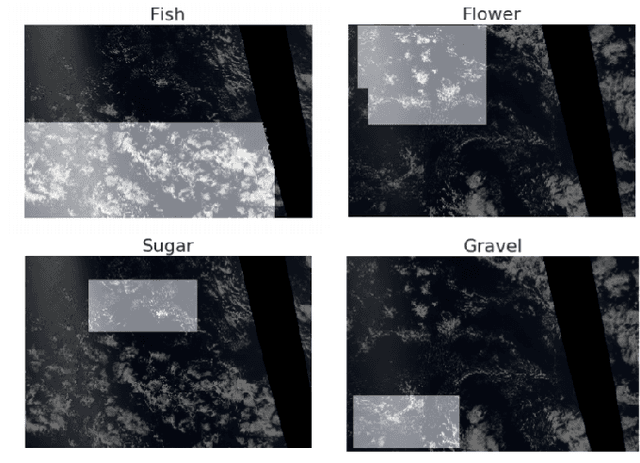
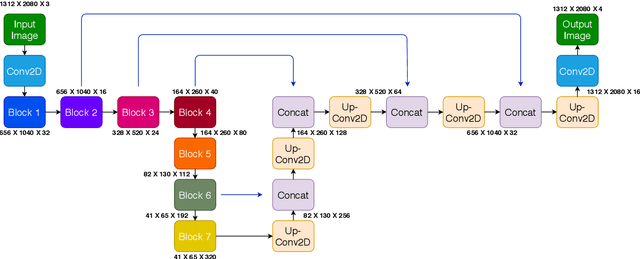
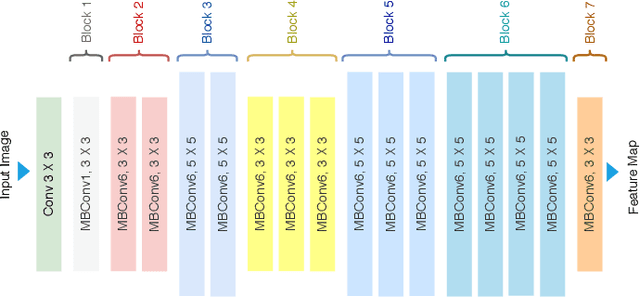
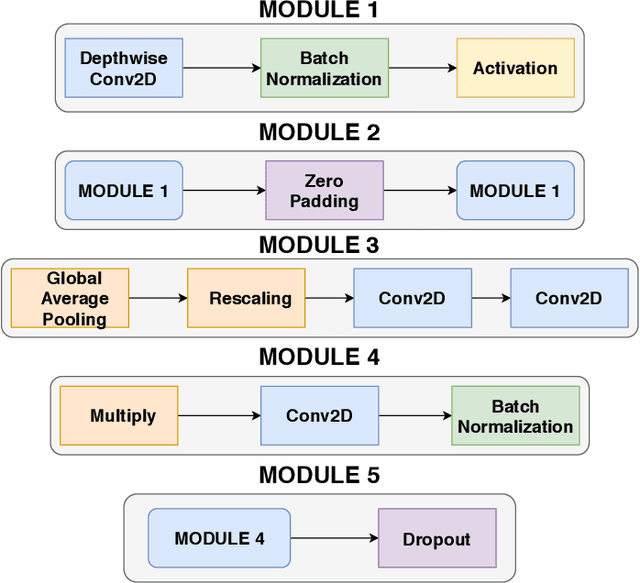
Abstract:Climate change has been a common interest and the forefront of crucial political discussion and decision-making for many years. Shallow clouds play a significant role in understanding the Earth's climate, but they are challenging to interpret and represent in a climate model. By classifying these cloud structures, there is a better possibility of understanding the physical structures of the clouds, which would improve the climate model generation, resulting in a better prediction of climate change or forecasting weather update. Clouds organise in many forms, which makes it challenging to build traditional rule-based algorithms to separate cloud features. In this paper, classification of cloud organization patterns was performed using a new scaled-up version of Convolutional Neural Network (CNN) named as EfficientNet as the encoder and UNet as decoder where they worked as feature extractor and reconstructor of fine grained feature map and was used as a classifier, which will help experts to understand how clouds will shape the future climate. By using a segmentation model in a classification task, it was shown that with a good encoder alongside UNet, it is possible to obtain good performance from this dataset. Dice coefficient has been used for the final evaluation metric, which gave the score of 66.26% and 66.02% for public and private leaderboard on Kaggle competition respectively.
Rice grain disease identification using dual phase convolutional neural network-based system aimed at small dataset
Apr 21, 2020

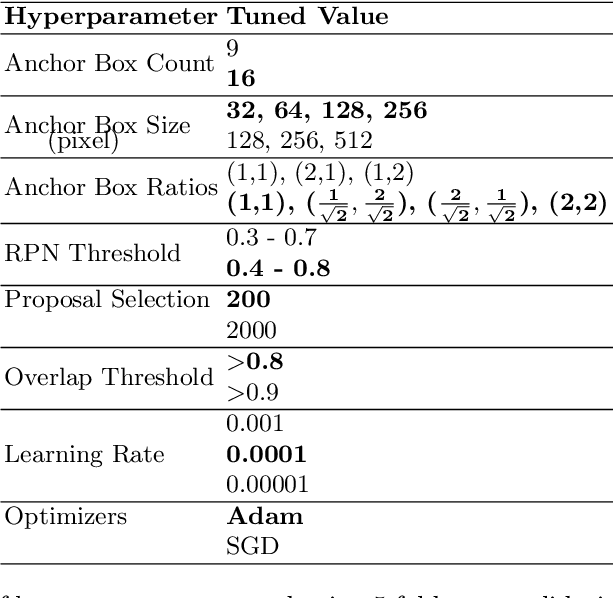
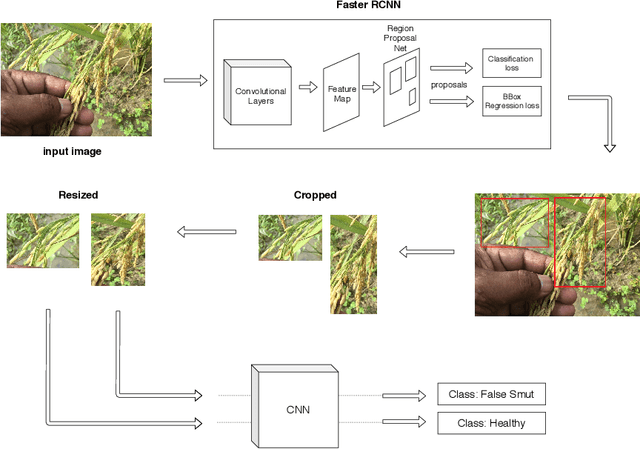
Abstract:Although Convolutional neural networks (CNNs) are widely used for plant disease detection, they require a large number of training samples when dealing with wide variety of heterogeneous background. In this work, a CNN based dual phase method has been proposed which can work effectively on small rice grain disease dataset with heterogeneity. At the first phase, Faster RCNN method is applied for cropping out the significant portion (rice grain) from the image. This initial phase results in a secondary dataset of rice grains devoid of heterogeneous background. Disease classification is performed on such derived and simplified samples using CNN architecture. Comparison of the dual phase approach with straight forward application of CNN on the small grain dataset shows the effectiveness of the proposed method which provides a 5 fold cross validation accuracy of 88.07%.
Automatic Signboard Detection from Natural Scene Image in Context of Bangladesh Google Street View
Mar 06, 2020

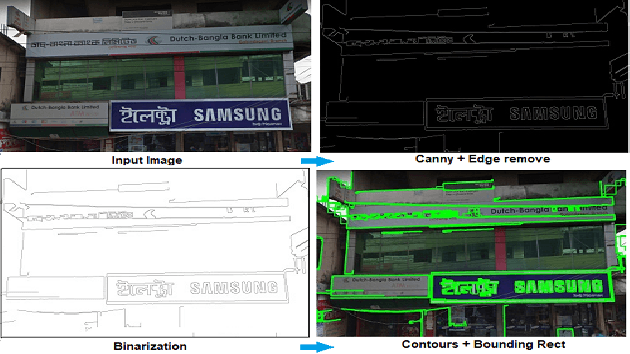
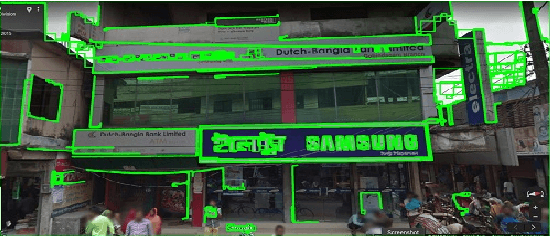
Abstract:Automatic signboard region detection is the first step of information extraction about establishments from an image, especially when there is a complex background and multiple signboard regions are present in the image. Automatic signboard detection in Bangladesh is a challenging task because of low quality street view image, presence of overlapping objects and presence of signboard like objects which are not actually signboards. In this research, we provide a novel dataset from the perspective of Bangladesh city streets with an aim of signboard detection, namely Bangladesh Street View Signboard Objects (BSVSO) image dataset. We introduce a novel approach to detect signboard accurately by applying smart image processing techniques and statistically determined hyperparameter based deep learning method, Faster R-CNN. Comparison of different variations of this segmentation based learning method have also been performed in this research.
 Add to Chrome
Add to Chrome Add to Firefox
Add to Firefox Add to Edge
Add to Edge